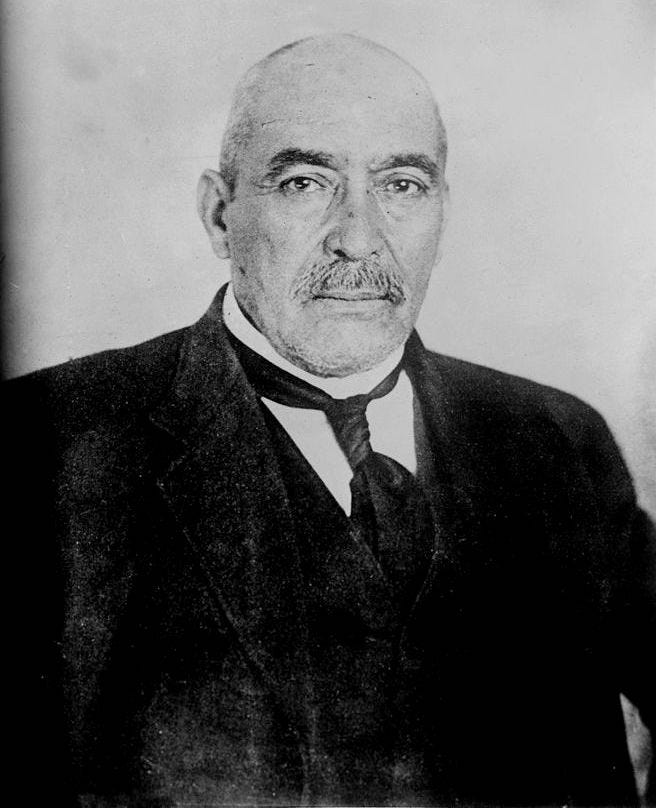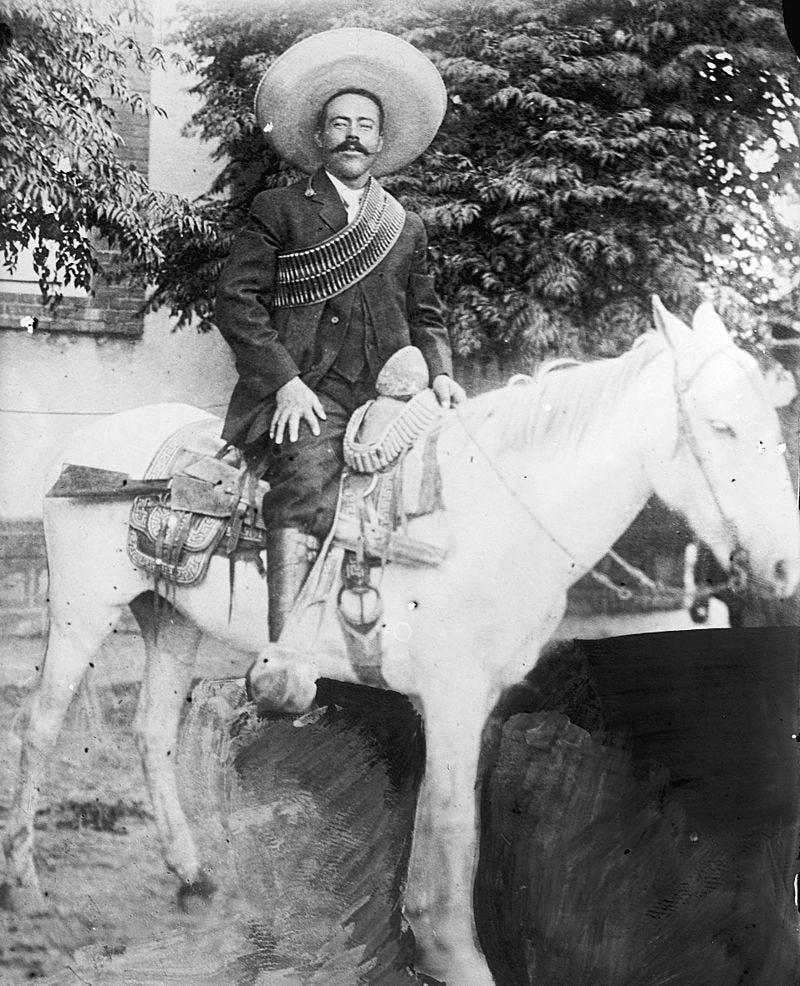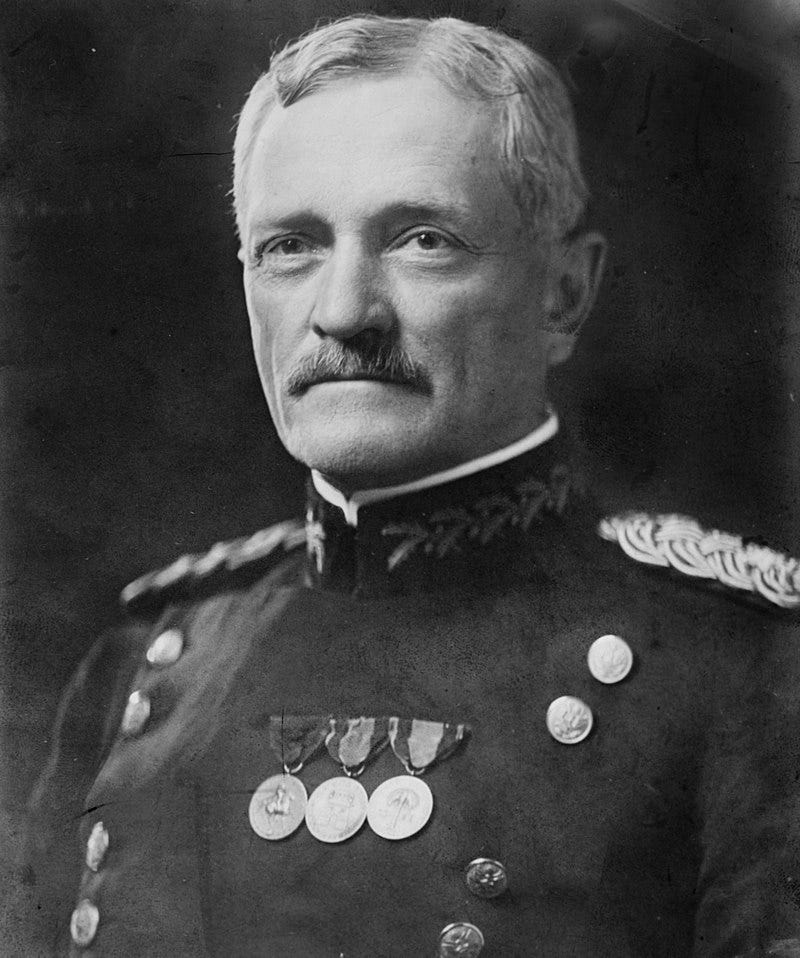One of my favorite songs is Warren Zevon’s “Veracruz.” It begins, “I heard Woodrow Wilson’s guns, I heard Maria cryin’, late last night I heard the news, that Veracruz was dyin’.”
Zevon, despite limited vocal abilities, was a master storyteller in the vein of Bob Dylan and Gordon Lightfoot, though he had almost nothing stylistically in common with either. His unique talent was to take current events or historical episodes and plant a twist on them, as with another of my favorites, “Roland the Headless Thompson Gunner,” about a Scandinavian who becomes a mercenary to fight in Angola and who “battled the Bantu to their knees.” But, according to Zevon, “the CIA decided they wanted Roland dead,” and his buddy Van Owen “blew off Roland’s head.” Except Roland lived and, headless, stalked the earth looking for wars to participate in, including “Lebanon and Berkeley.”
I’m guessing if Zevon wrote the song today, Kiev would be in there. But back to Veracruz.
Did you know that the U.S. invaded Mexico a second time after the Mexican War? Most of you know about the “Halls of Montezuma,” where literally the U.S. controlled the Mexican capital of Mexico City . . . then handed the country back, actually paying Mexico for some of the damages in a war. A WAR!
But Mexico was unstable. After all, it had Juan Antonio de Lopez de Santa Anna as a president/dictator at least three times. By 1915, Mexico was in turmoil. The president Francisco Madero was overthrown in a coup in 1913.
His replacement, General Victoriano Huerta, was recognized by some Europeans but not by incoming U.S. (progressive) President Woodrow Wilson.
Huerta was also opposed by the governor of Coahuila, Venustiano Carranza, and Carranza’s allies, Emiliano Zapata and Francisco “Pancho” Villa.
Seeking to deny weapons to Huerta’s army, Wilson had sent arms to Villa. Then nine American sailors were arrested in Tampico and Wilson, looking for an excuse to more enthusiastically support Carranza, Zapata, and Villa, ordered American soldiers to seize the customs port. They did, on my birthday, April 21, 1914. Well, I mean April 21 is my birthday, but I’m not that old. Anyway, arms were distributed to prisoners in Veracruz by Mexican authorities (sound familiar?), and along with a smattering of remaining Mexican regular troops, they attacked the Americans. A full-scale battle raged, with the ground forces supported by “Woodrow Wilson’s guns” until American troops secured the city. They remained until a negotiated settlement was attained in November 1914.
Meanwhile, over the next year, Carranza, Zapata, and Villa defeated Huerta, but when Carranza took office, Villa broke with him (and while he and Zapata were “allies,” they rarely cooperated). Part of the conflict between Carranza and Villa arose when Carranza did not become constitutional or official. It was provisional only, but Wilson officially recognized Carranza’s government, which ticked off Villa. The U.S. sided with Carranza’s army (which defeated Villa’s forces) and even provided for 5,000 Carranza forces through Texas to Arizona to fight Villa. That really ticked off Villa.
In late 1915, with only a force of guerillas (not “go-rillas” . . . )
he took his revenge on Uncle Sam, raiding across the U.S./Mexico border. at Nogales, Arizona. Then, early in 2016 he captured several employees of American Smelting and Refining Company on a train in Chihuahua and executed them all. The U.S. military went on alert, and Brigadier General John Pershing was alerted. However, so many rumors had reached his desk he did not take this report seriously. He should have.
On March 9, 1916 Villa and his force raided Camp Furlong in Columbus, New Mexico, killing 10 civilians and eight soldiers before Villa escaped with weapons stored there, including machine guns. Wilson ordered Pershing to pursue, and in March 1916 he crossed into sovereign Mexican territory after Villa with 6,600 men, mostly cavalry, motorized vehicles (the first such use of autos in warfare by an American military) and even some scout planes.
Alas, though they chased Villa all over northern Mexico, the closest they came to capturing him was when Lt. George Patton and his men surprised one of Villa’s aides and some others in a foraging expedition. Patton claimed to have brought the body back draped over the hood of his car like a deer.
Both the invasion of Vera Cruz (and a sovereign nation) and the subsequent land invasion by Pershing (of same said nation) raise interesting questions when it comes to Russia’s claims in Ukraine. As with Russia and the Ukrainian government, the U.S. thought the existing government in Mexico was illegitimate; as with Russia and Ukraine, the U.S. invaded when out-of-control natives threatened our border.
There are a myriad of differences, but many of the main points remain the same. Nations can, and do, routinely claim that activity inside a neighbor’s territory threaten their own “national interest,” and lawyer Robert Barnes has argued that legally they have a point. Such a claim was made (he argues, correctly) when the U.S. invaded Afghanistan. A threat to the national interest is pretty much in the eyes of the beholder, and contrary to what is dominant in today’s media, the Russians have had a great deal of conflict over parts of Ukraine’s border and its threats to join NATO. The situation may end when Ukraine either cedes or demilitarizes the Donbas and other regions heavily populated by Russians, and pledges to refrain from joining NATO.
Of course, getting to that point will require restraint on the part of the Russian Army (difficult) and the failure on the part of Ukraine to escalate to the point that other nations are sucked in (questionable at this point). For now, the Russians appear to be moving slowly, but methodically, with no indication of stopping. Let’s hope the conditions for negotiations appear sooner rather than later.
Larry Schweikart
Rock drummer
Film maker
NYTimes #1 bestselling author
Political pundit
For even more truth-based current events, politics, and history content + resources, check out my VIP membership below
https://www.wildworldofhistory.com/vip












